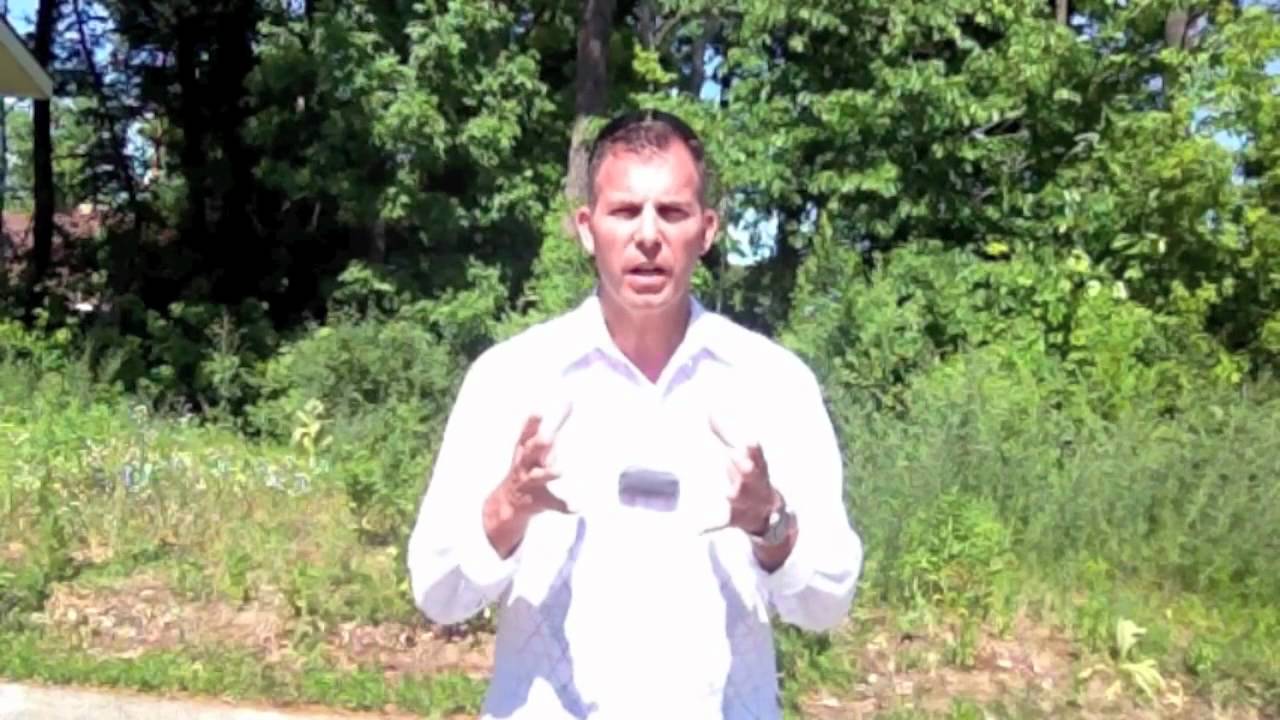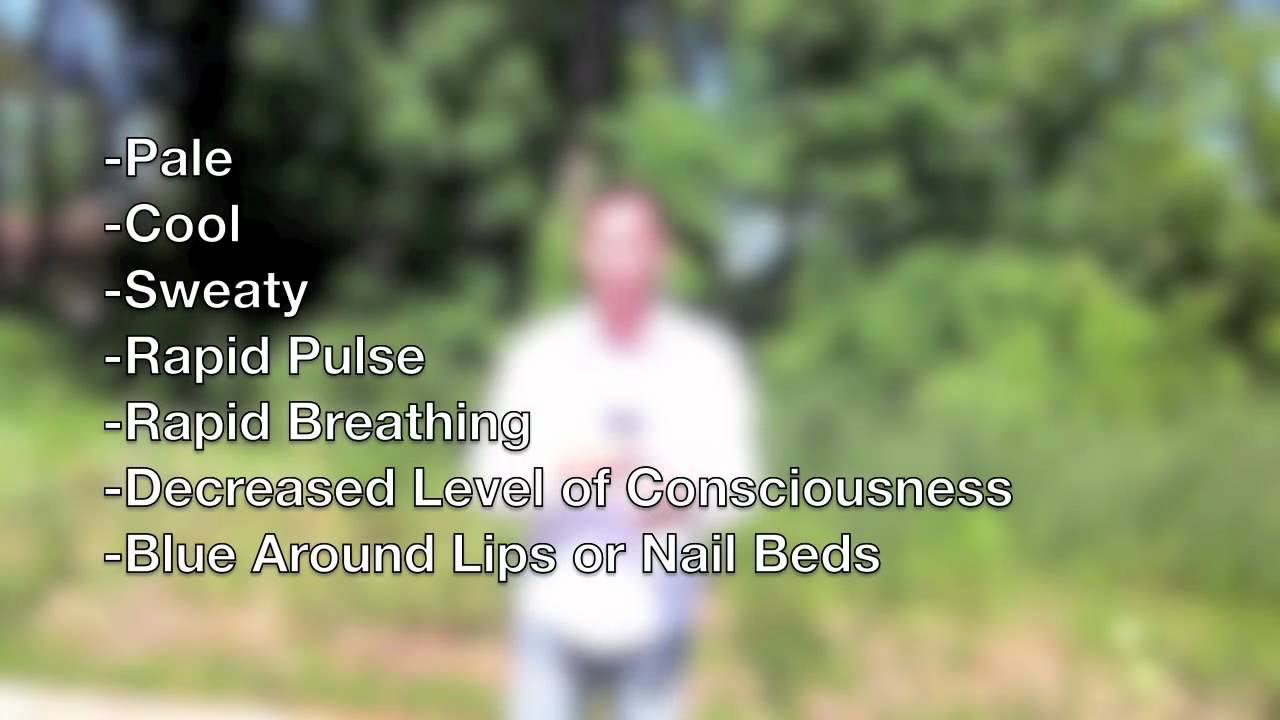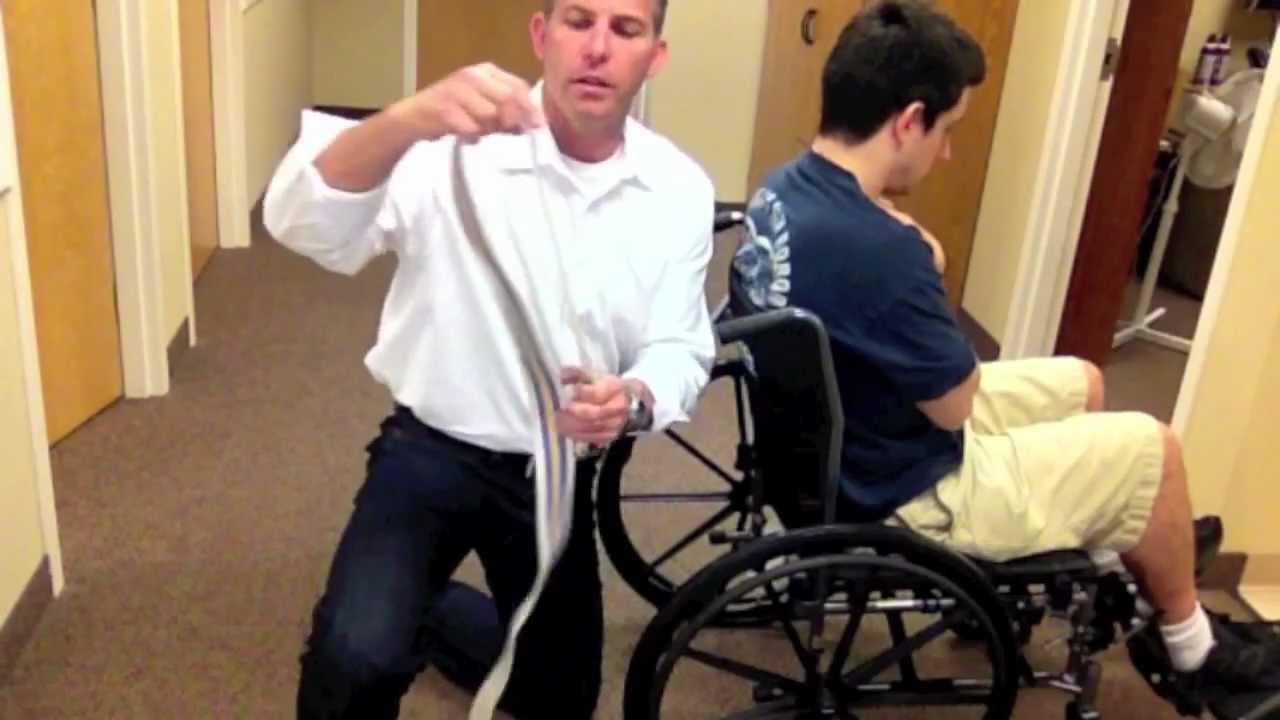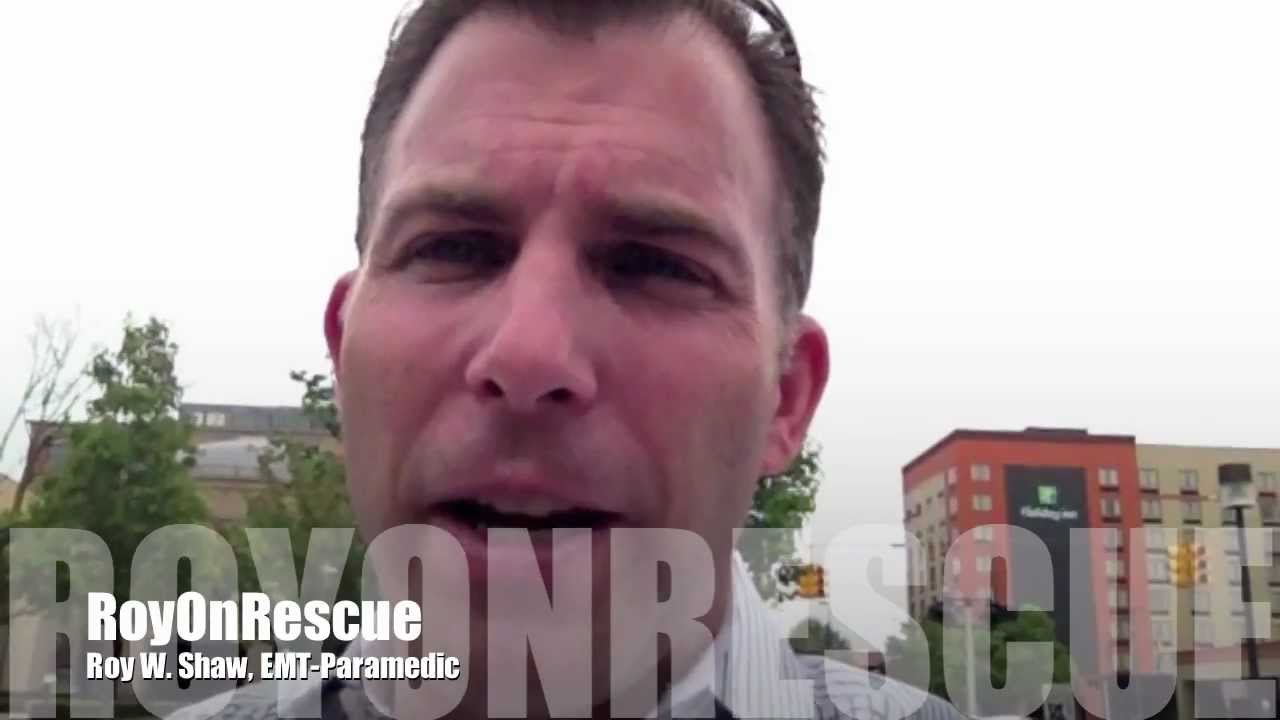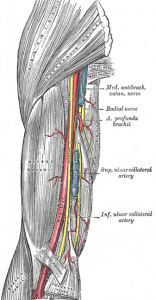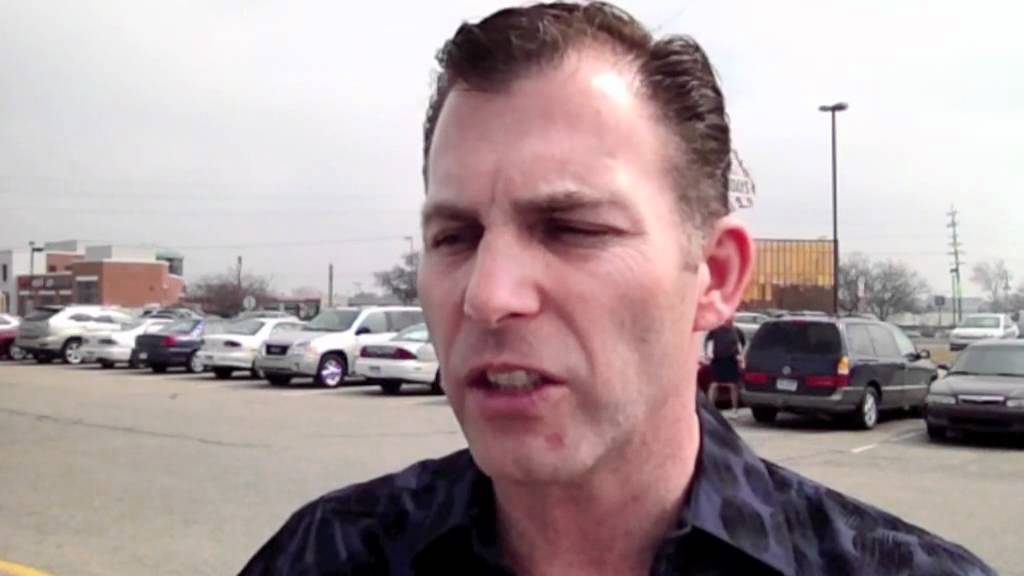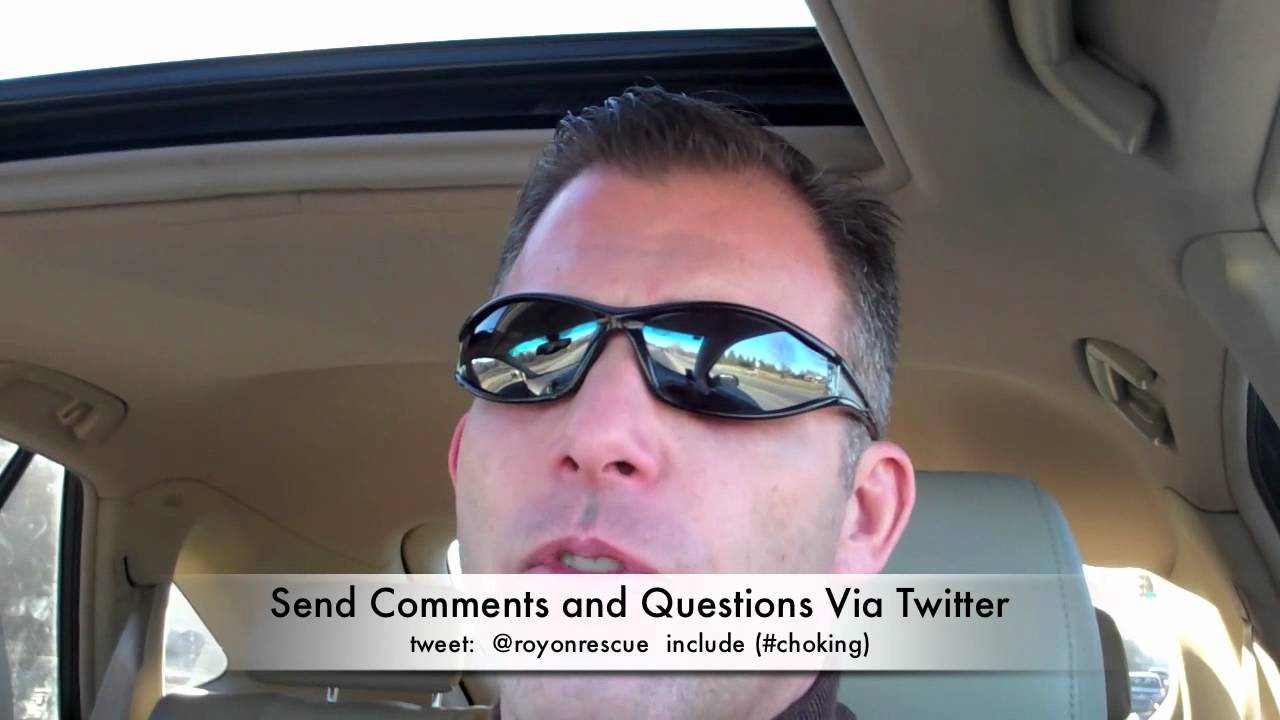Today I had a great question come in through our customer solutions department. Here’s what it said.
“What and why are the pulses of different ages called different things and what are they called?”
Well, I understood this to mean, what are the different locations for the different age groups in cardiac arrest or unconsciousness and so I gave the following answer.
Hello,
Thank you so much for your question. It’s a great question and I think I might be able to shed some light on it.
It can be a little confusing some times as we try and decode the reason why certain things in medicine are named what they are. Basic Life Support is not immune to this same situation. In regards to the names of “pulses” and how they are named according to the age or size of the patient, I’ll try to clarify.
If I understand your question correctly, you’re talking about the three locations of the pulse check.
1. Radial, which is found in the wrist of the patient, usually used for patients who are adult or child size. Older than 1 year of age. This location is used for general pulse rate and quality but not usually for the unconscious patient.
2. Brachial, which is found in the bicep/tricep region of the upper arm on the inside of the arm. This is the location for an unconscious infant, age 1 year or younger.
3. Carotid, which is found in the neck. This would be located between the trachea and the sternocleidomastoid muscle(located on the side of the neck). One can really see this muscle well when one turns their head to one side or the other. This would be the location of choice for the adult and child(older than 1 year) unconscious patient.
There is yet another location used in emergency medicine but not usually pre-hospital and that would be the femoral artery. This is located in the groin of the patient and again is usually used for trauma patients that have C-Spine collar or the carotid is not easily accessed due to intubation etc.
The reason to use the brachial over the carotid for an infant is primarily due to the fact that most baby’s don’t have necks to speak of. They have milk catching folds of skin but other than that, their anatomy is such that an area to evaluate an accurate carotid pulse is not easily obtained. Therefore, the brachial artery is the location of choice and works extremely well for the health care professional to ascertain whether a pulse is present or absent.
In most cases for adults and children over the age of 1 year, the carotid artery is the location of choice to check for pulse presence due to it being the last place to feel a pulse prior to the blood pressure being too low to feel a pulse regardless of whether the heart is beating or not. Secondly, it’s next to the location where we are performing a head tilt and chin lift while giving rescue breaths and is convenient to the rescuer for checking pulse presence(little perk).
So, though the names of the locations can be a little challenging, they do make great scrabble words, or can make you look really intelligent at dinner parties. Remember, it’s not the feeling of a pulse that will determine if we’re going to start cardiac compressions or not, It’s the absence of signs of life that will determine that. This includes, unconscious and unresponsiveness and that the patient is not breathing normally or not breathing at all. If these two signs are present, begin CPR. Pulse checks have often given false readings and postponed cardiac compressions in a patient who needed cardiac compressions desperately.
I hope this helps anyone who may have had the same question.
Best wishes and keep on rescuing!
Roy
RoyOnRescue.com
—
Roy W. Shaw, EMT-Paramedic
Director of Training and Compliance
ProTrainings.com
